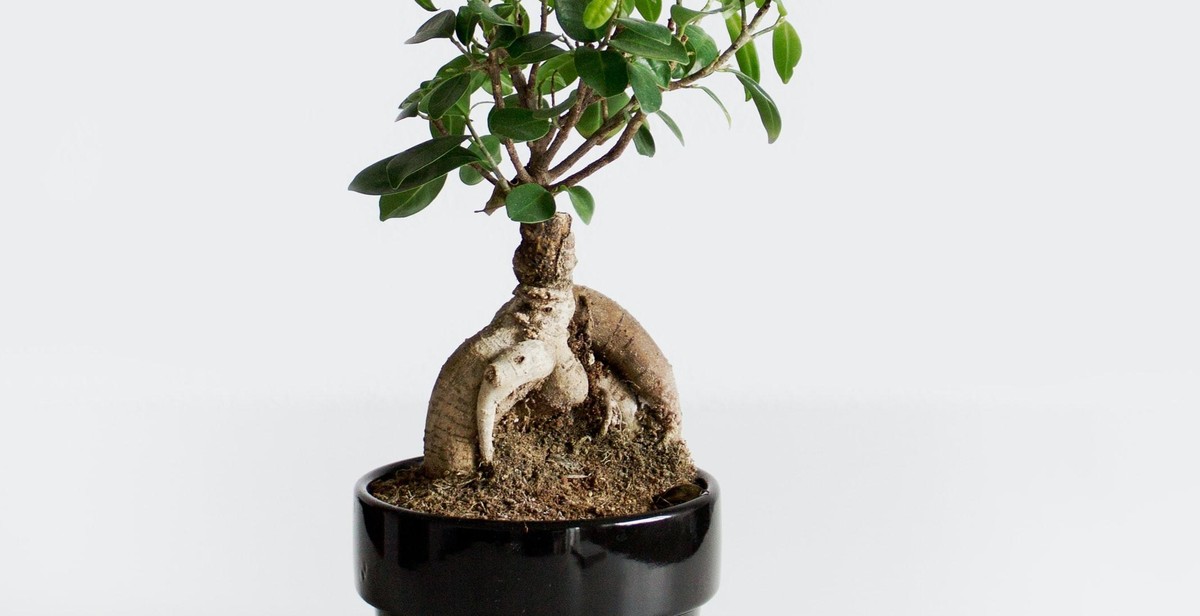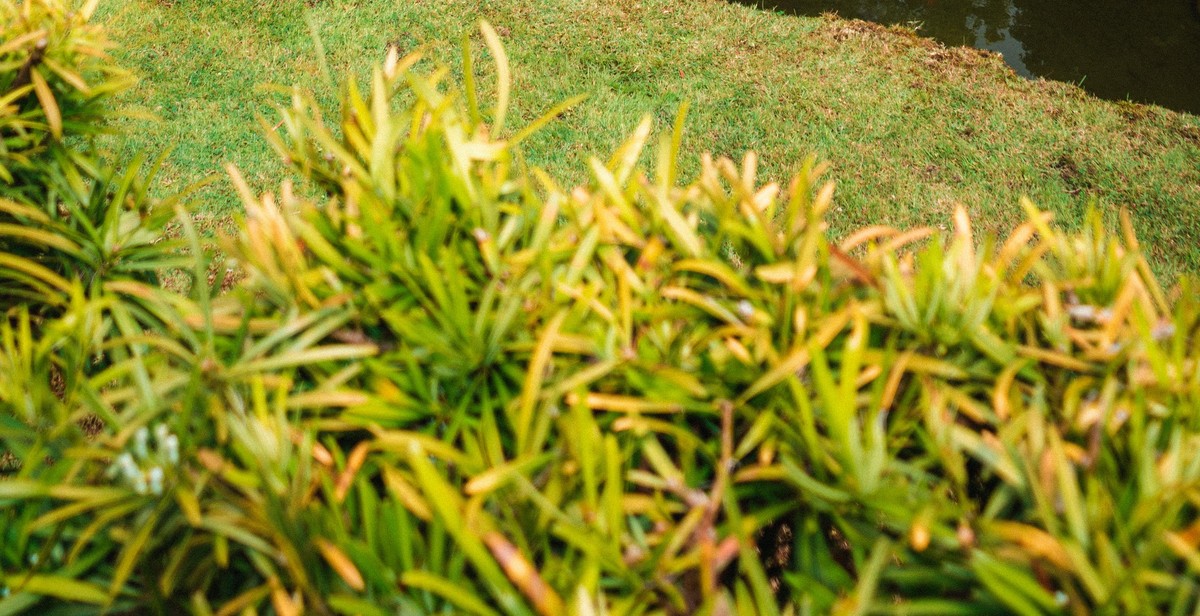Introduction: How to Grow and Care for Bonsai Trees
Bonsai trees are miniature versions of trees that are grown in pots and carefully pruned and shaped to create a beautiful, natural work of art. The art of bonsai originated in China over a thousand years ago and has since spread to Japan and other parts of the world.
While bonsai trees may look delicate, they are actually quite hardy and can live for many years with proper care. Growing a bonsai tree requires patience, skill, and attention to detail, but the end result is a beautiful and unique piece of living art that will bring joy and beauty to your home or garden.
What are Bonsai Trees?
Bonsai trees are small trees that are grown in containers and trained to grow in a specific shape or style. This art form originated in China, where it was known as “pun-sai,” and later spread to Japan, where it became known as “bonsai.”
Bonsai trees can be grown from a variety of different tree species, including maple, juniper, pine, and elm. The trees are carefully pruned and shaped over time to create a miniature version of a full-sized tree. Bonsai trees can range in size from just a few inches tall to several feet tall, depending on the species and the desired style.
Why Grow Bonsai Trees?
Growing bonsai trees can be a rewarding and relaxing hobby. It requires patience and attention to detail, but the end result is a beautiful and unique piece of living art that can be enjoyed for many years. Bonsai trees can also be used to decorate your home or garden, adding a touch of natural beauty to any space.
Whether you are an experienced gardener or a beginner, growing bonsai trees can be a fun and rewarding hobby. With the right care and attention, your bonsai tree will thrive and bring joy and beauty to your life for years to come.
Choosing the Right Bonsai Tree
Choosing the right bonsai tree is essential for ensuring its growth and development. There are several factors to consider when selecting a bonsai tree, including whether it will be kept indoors or outdoors, whether it is deciduous or evergreen, and the size of the tree.
Indoor or Outdoor
One of the first decisions to make when choosing a bonsai tree is whether to keep it indoors or outdoors. Indoor bonsai trees are typically smaller and more delicate than outdoor trees, and they require more attention and care. Outdoor bonsai trees can be larger and more robust, and they can withstand harsher weather conditions.
When selecting an indoor bonsai tree, consider the amount of natural light available in your home and the temperature and humidity levels. Some indoor bonsai trees, such as the Chinese Elm and the Ficus, can tolerate low light conditions, while others, such as the Juniper, require more light. It is also important to keep indoor bonsai trees away from cold drafts and heating vents.
Outdoor bonsai trees require more sunlight and fresh air than indoor trees. They should be placed in a location that receives at least six hours of sunlight per day. Outdoor bonsai trees can also benefit from being placed on a patio or balcony where they can receive natural rainfall.
Deciduous or Evergreen
Bonsai trees can be either deciduous or evergreen. Deciduous trees lose their leaves in the fall and grow new leaves in the spring, while evergreen trees retain their leaves year-round.
Deciduous bonsai trees, such as the Japanese Maple and the Bald Cypress, are popular for their stunning fall colors. They require more attention during the fall and winter months when they are dormant, and they should be protected from freezing temperatures.
Evergreen bonsai trees, such as the Pine and the Juniper, are easier to care for and can be kept outdoors year-round. They require less attention during the winter months and can tolerate colder temperatures.
Tree Size
The size of the bonsai tree is another important factor to consider when selecting a tree. Bonsai trees range in size from tiny, delicate trees that can fit in the palm of your hand to large, majestic trees that can be several feet tall.
Smaller bonsai trees are ideal for indoor settings and can be placed on a windowsill or desk. Larger bonsai trees are better suited for outdoor settings and can be used to create a stunning focal point in a garden or on a patio.
| Indoor vs Outdoor | Deciduous vs Evergreen | Tree Size |
|---|---|---|
| Consider the amount of natural light and temperature and humidity levels | Deciduous trees lose their leaves in the fall, while evergreen trees retain their leaves year-round | Smaller trees are ideal for indoor settings, while larger trees are better suited for outdoor settings |
| Indoor bonsai trees are smaller and more delicate | Deciduous trees require more attention during the fall and winter months when they are dormant | Larger bonsai trees can be used to create a stunning focal point in a garden or on a patio |
| Outdoor bonsai trees can be larger and more robust | Evergreen trees are easier to care for and can be kept outdoors year-round |

Caring for Your Bonsai Tree
Bonsai trees are beautiful and delicate plants that require proper care to thrive. Below are some tips on how to care for your bonsai tree:
Watering
Watering is one of the most important aspects of caring for your bonsai tree. It is crucial to keep the soil moist but not too wet. Overwatering can lead to root rot, while underwatering can cause the tree to dry out and die.
The frequency of watering depends on the type of tree, the size of the pot, and the environment. As a general rule, check the soil regularly and water when it feels slightly dry. It is also recommended to use a watering can or a spray bottle to water the tree gently and avoid disturbing the soil.
Fertilizing
Fertilizing is another essential aspect of caring for your bonsai tree. Bonsai trees require nutrients to grow and stay healthy. Fertilize your bonsai tree every two to four weeks during the growing season, which is usually from spring to fall.
There are different types of fertilizers available, including liquid and solid fertilizers. It is recommended to use a balanced fertilizer with equal amounts of nitrogen, phosphorus, and potassium. Follow the instructions on the fertilizer package and avoid over-fertilizing, which can damage the roots.
Pruning and Shaping
Pruning and shaping are necessary to maintain the size and shape of your bonsai tree. Prune the branches and leaves regularly to encourage new growth and maintain the desired shape. Use sharp and clean pruning tools to avoid damaging the tree.
Shaping your bonsai tree requires patience and skill. Start by identifying the main trunk and branches and removing any unwanted growth. Use wire to shape the branches and guide them in the desired direction. Be careful not to wire the branches too tightly, which can damage the bark.
Repotting
Repotting is necessary to keep your bonsai tree healthy and promote root growth. It is recommended to repot your bonsai tree every two to three years, depending on the size of the pot and the growth rate of the tree.
To repot your bonsai tree, carefully remove it from the pot and trim the roots. Use a well-draining soil mix and a pot that is slightly larger than the previous one. Plant the tree in the new pot and water it thoroughly.
- Water your bonsai tree regularly, but avoid overwatering or underwatering it.
- Fertilize your bonsai tree every two to four weeks during the growing season.
- Prune and shape your bonsai tree regularly to maintain its size and shape.
- Repot your bonsai tree every two to three years to promote root growth.

Tools and Materials You’ll Need
Before you start growing and caring for bonsai trees, you need to have the right tools and materials. Here are the essential tools and materials you’ll need:
Pruning Shears
Pruning shears are a must-have tool for bonsai tree care. They are used for trimming and shaping the branches and leaves of your bonsai tree. Make sure to choose a high-quality pair of pruning shears that are sharp and easy to handle. Blunt or low-quality shears can damage the tree.
Wire Cutters
Wire cutters are used to cut and remove the wire that is used to shape and train the branches of your bonsai tree. Make sure to choose a pair of wire cutters that are sharp and have a clean cutting edge. Dull or low-quality wire cutters can damage the tree and make it difficult to work with.
Bonsai Soil
Bonsai soil is specifically formulated to provide the right nutrients and drainage for bonsai trees. It is a mixture of different types of soil, such as clay, sand, and organic matter. Make sure to choose a high-quality bonsai soil that is appropriate for the type of bonsai tree you are growing.
Bonsai Pot
A bonsai pot is an essential part of bonsai tree care. It is specially designed to provide the right environment for your bonsai tree to grow and thrive. Make sure to choose a pot that is the right size for your bonsai tree and has good drainage.
With these tools and materials, you’ll be well-equipped to grow and care for your bonsai tree. Remember to choose high-quality tools and materials to ensure the health and longevity of your tree.

Conclusion
Growing and caring for bonsai trees can be a rewarding and fulfilling hobby. With the right knowledge and techniques, you can create beautiful miniature trees that will last for many years. Remember to choose the right species of tree for your climate and environment, and to give your bonsai tree the proper care it needs to thrive.
Key Takeaways
- Choose a species of tree that is suitable for your climate and environment
- Use high-quality soil and fertilizer to promote growth
- Prune and trim your bonsai tree regularly to maintain its shape and health
- Water your bonsai tree regularly, but be careful not to overwater
- Protect your bonsai tree from pests and diseases
Final Thoughts
Growing and caring for bonsai trees can be a fun and rewarding hobby that requires patience, dedication, and a willingness to learn. With the right techniques and care, you can create beautiful miniature trees that will last for many years. Remember to enjoy the process and take pride in your creations.
| Author: | John Doe |
| Date Published: | March 15, 2021 |
| Article Topic: | How to Grow and Care for Bonsai Trees |
